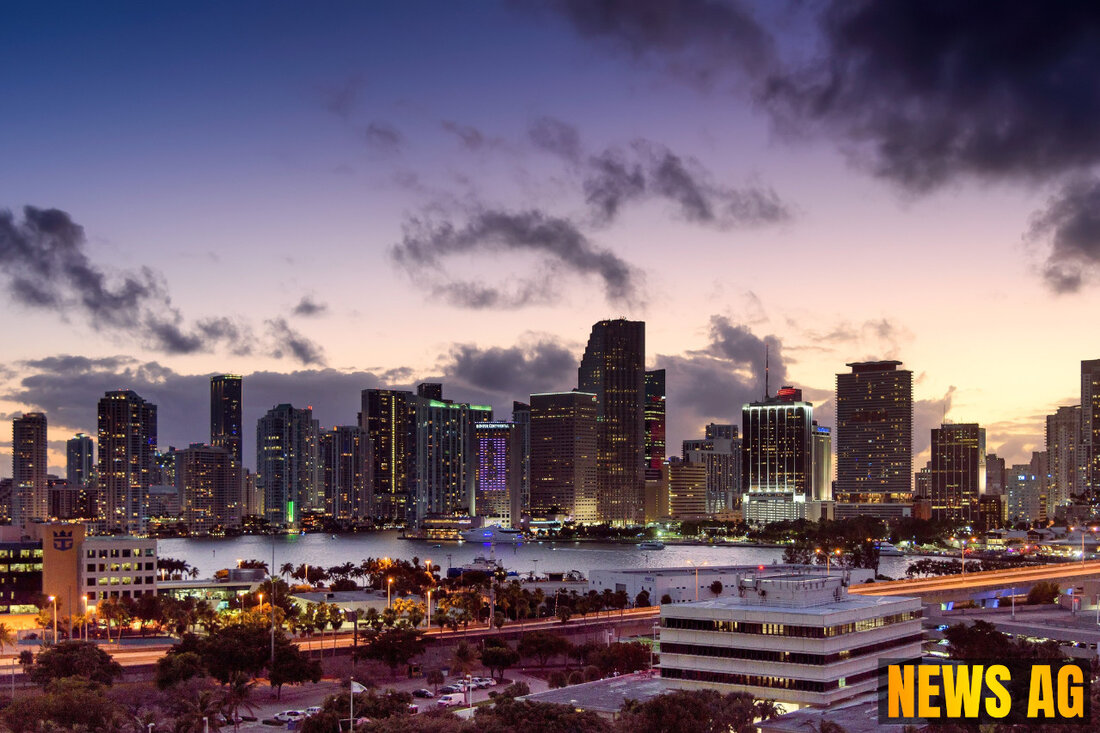Pride Month 2025: Celebrating Diversity Through Drag Story Times
Explore the significance of drag story times in celebrating LGBTQ+ identities during Pride Month 2025, highlighting inclusion and diversity.

Pride Month 2025: Celebrating Diversity Through Drag Story Times
This June, as we celebrate Pride Month, we find ourselves not just reveling in colors and parades, but also reflecting on the stories that shape our society. The community’s resilience in the face of adversity shines brightly as discussions surrounding LGBTQ+ rights intensify. Amid the ongoing dialogue, events like drag story times have emerged as significant spaces for learning and acceptance.
In an era where anti-LGBTQ+ sentiments are palpable, especially influenced by past administrations, the drag story time phenomenon stands out. As Advocate reports, these events promote diverse themes of acceptance, self-expression, and literacy, providing children with a front-row seat to the rich tapestry of LGBTQ+ identities. Drag performers take center stage, reading aloud to children, fostering not only literacy but also emotional and social development.
The Power of Drag Story Times
The educational importance of drag story times can’t be understated. Research funded by the Social Sciences and Humanities Research Council of Canada indicates these activities support healthy growth, helping children engage with varying expressions of gender and sexuality. What’s more, reading diverse narratives can significantly enhance empathy and understanding among young audiences.
A study analyzed 103 picture books used in drag story times, revealing that only 7% featured trans, non-binary, or intersex characters—an indication of the urgent need for more inclusive narratives. As families gather for these events, thoughtful book selection becomes paramount, enabling conversations that reflect a wider range of experiences and identities.
Drag, with its historical roots traced back to ancient Greece and exploring the Elizabethan era, has transformed dramatically over time. According to the Human Rights Campaign, the term „drag“ itself likely emerged in the late 19th century, referring to the long gowns that performers wore. This evolution is a testament to drag’s cultural longevity and adaptability.
What began as performances by men in female roles evolved into a vibrant expression of identity within the LGBTQ+ community. From the days of underground clubs during Prohibition to the prominent visibility seen on shows like *RuPaul’s Drag Race*, drag has become a cornerstone of LGBTQ+ culture and a symbol of resistance against oppression.
Intersectionality and Allyship
Pride Month serves not only as a celebration but as a platform for advocating LGBTQ+ rights globally. The Diversity, Equity, and Inclusion Institute emphasizes how vital it is to highlight intersectionality within the community. The experiences of BIPOC individuals illustrate how varying identities can compound discrimination, urging us all to be allies in this fight for justice and equality.
Engagement during Pride Month often fosters dialogue and action. This includes attending workshops aimed at dismantling biases and stereotypes that continue to impede LGBTQ+ individuals in their daily lives. Organizations are stepping up, using this month to reinforce their commitment to diversity and inclusion through community events and DEI initiatives focused on year-round advocacy.
As we navigate through Pride Month 2025, let’s consider how we can contribute to the chorus of voices advocating for equality and respect. Pride is about more than just visible joy; it’s about creating communities where everyone feels valued and understood. Each drag story time, each parade, each conversation we engage in is a thread in the fabric of our shared human experience.
